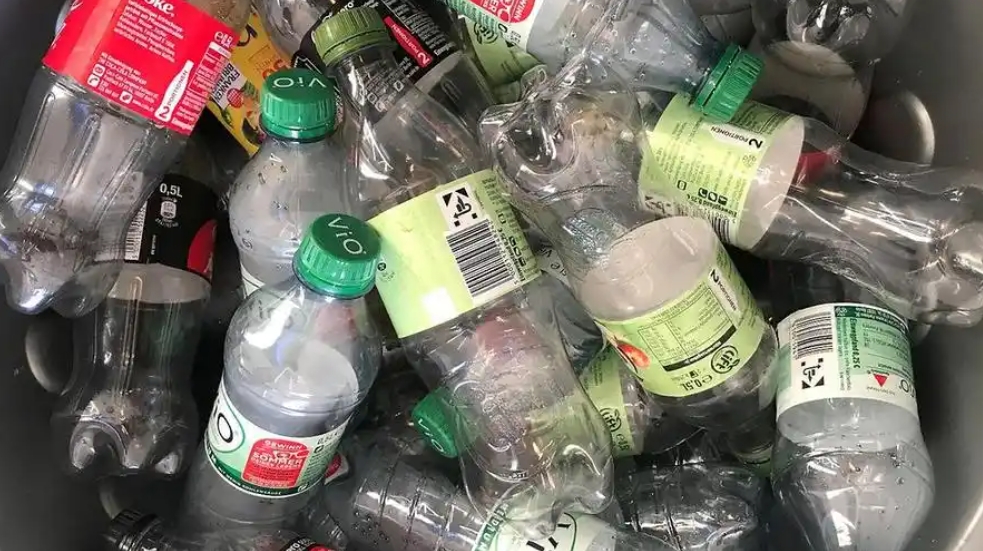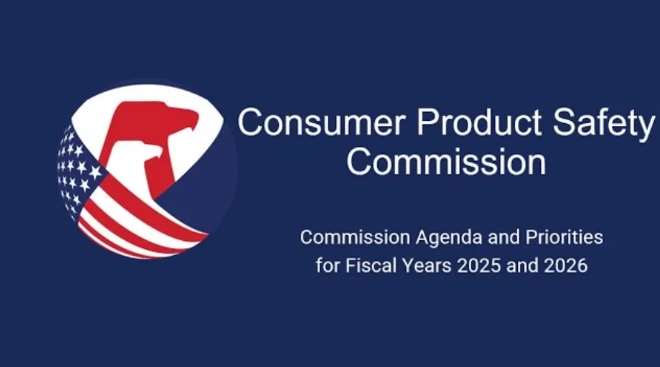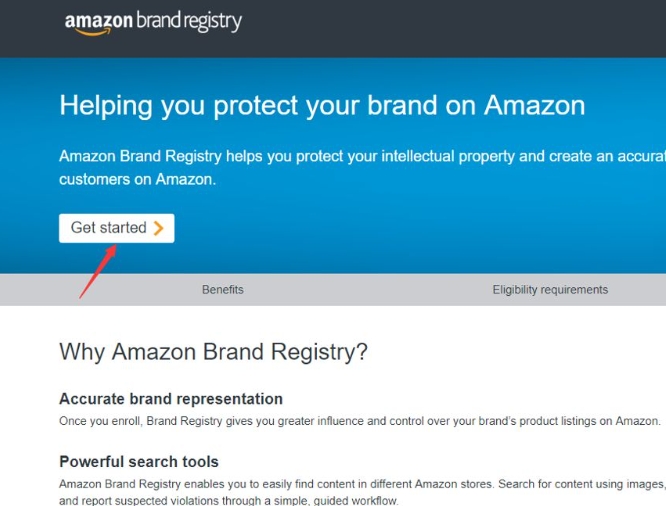The newest deductions self-help guide: Amazon sellers received CPSC inspection how to deal with?
What is the CPSC?
The U.S. Consumer Product Safety Commission (CPSC) is an independent federal regulatory agency dedicated to protecting the public from the dangers posed by unsafe consumer products.
It regulates a wide range of more than 15,000 everyday consumer products and has the authority to seize, return or destroy products for violations to ensure that marketed goods meet safety standards.
CPSC Jurisdiction:
1. Children's products: children's clothing, backpacks, toys, paintings, etc;
2、Baby products: pacifiers, baby strollers, cribs, cradles, baby carriers, etc;
3, Others: fireworks, liquid nicotine, drywall, mattresses, bicycle helmets, engines, batteries, hair dryers, power cords, riding and electric bicycles, holiday lights, lamps, carpets, pellet stoves, flammable adult clothing items, etc.
Outside Jurisdiction:
Vehicles, tires, boats, weapons, alcohol, tobacco, food, drugs, cosmetics, pesticides, and medical device products .
CPSC Inspection Process
Designated Inspection
CPSC officers select potentially high-risk merchandise for in-depth inspection based on name, customs code, product use or manufacturer background. This process, which can take 15 to 30 days, is designed to ensure that the inspected merchandise meets safety standards and is released if there are no irregularities.
CPSC Detention
1. Issuance of Cargo Withholding Documents
When the U.S. Customs intercepted suspected violations of the goods, CPSC officials will be issued to the importer of the detained documents, detailed records of the date of seizure, commodity name, importer information, the location of the detained goods and the reasons.
2, submit supporting documents
Importers are required to submit detailed certification documents or supporting materials within five working days after the seizure to assist CPSC officials to make a final decision within 60 days.
3、Feedback from officials and processing comments
CPSC officials in the receipt of information from the importer within 60 days after the issuance of the final processing results, through the document notify the importer, the content may include a request for action or notice of violation.
What should sellers do after receiving CPSC inspection notice?
1, provide product-related documents, such as CPC, quality inspection report.
2, if the CPSC self-quality control, and issued a quality inspection report found that the product quality is unqualified, the seller reads the quality inspection report, you need to feedback on whether to recognize, do not recognize the need to submit a written statement, supporting documents to appeal.
3, appeal: when the seller does not recognize the results of the U.S. Customs, U.S. Customs does not recognize the customer's proof of information, determined not to release the case, the seller can choose to go to the U.S. Court to sue the U.S. Customs. (It is recommended that the seller of goods of very high value, and there is sufficient proof of compliance with the goods under the circumstances to consider).
CPSC final processing results
Normal release: no error in inspection, goods enter the delivery process smoothly.
Conditional release: the production process needs to be optimized or the online product information needs to be adjusted before the goods can continue to circulate.
Non-release: the goods will face suspension of sale, destruction or return to the place of origin.
 Reducing Plastic Pollution for
Reducing Plastic Pollution for
 The newest deductions self-hel
The newest deductions self-hel
 Note to Mexican Sellers: Trade
Note to Mexican Sellers: Trade
 Amazon Brand Licensing Detaile
Amazon Brand Licensing Detaile
